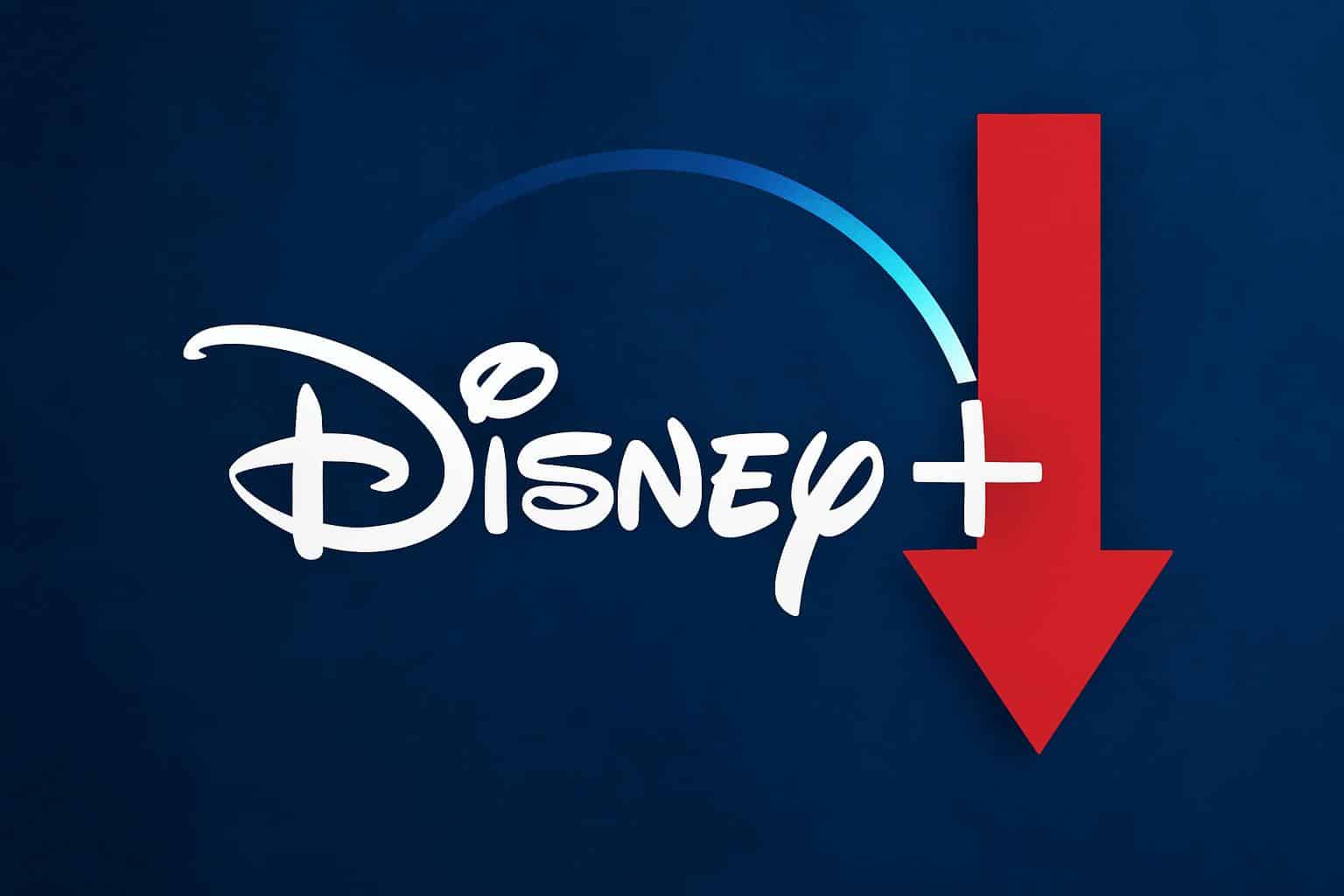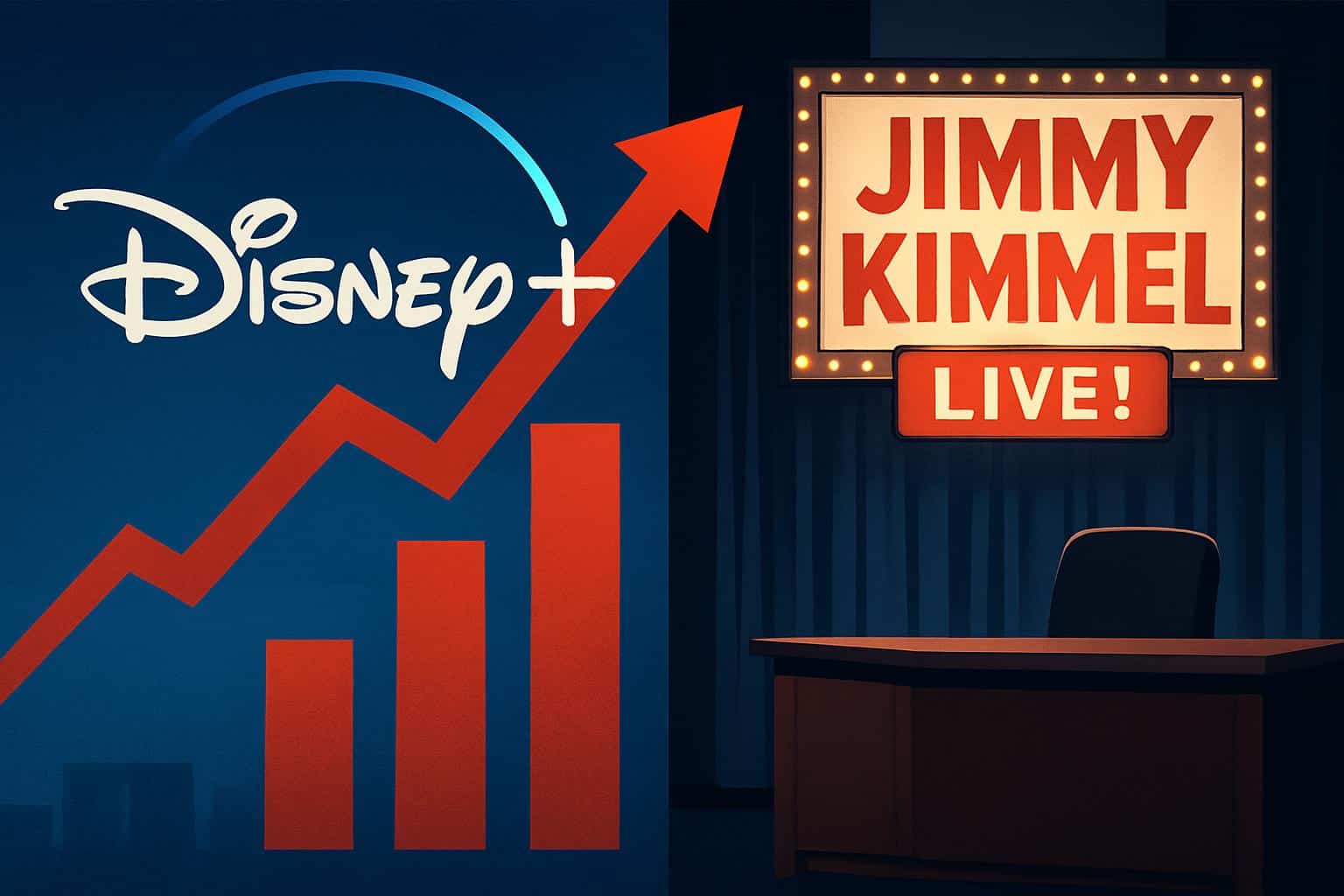The spike also occurred just as Disney+ added twice the number of cancellations in the month that ABC suspended Jimmy Kimmel Live!, according to new figures from the subscription analytics firm Antenna — a surge that underscores how rapidly a TV brouhaha can ripple into streaming behavior.
Antenna estimates Disney+ monthly churn has shot up to 8% in September from 4% in August. Sister service Hulu, meanwhile, rose to 10% from 5% during the same period. The spike was also observed alongside ABC’s one-week hiatus of Jimmy Kimmel Live! following the host’s monologue that mentioned far-right activist Charlie Kirk, which triggered a political backlash and a boycott call.

What the Data Says, and What It Doesn’t Fully Show
Churn is the percentage of active subscribers who cancel in a given period. In mature services, it progresses slowly, so a month-to-month doubling is interesting. Antenna’s view records credit and debit card signals across the market, providing a wide read on consumer spending that many media investors use to pick up inflection points.
There are caveats. An Antenna rival, for instance, might not consider plan downgrades or switches to be churn — at least in the same time period that Disney would, during such a fast-rising period as it was going through at the start of May. That doesn’t dispute the directional takeaway — that cancellations went up — but it does underscore that third-party panels and first-party logs can differ on magnitude.
The spike didn’t happen in isolation. Kimmel’s ouster ignited disproportionate social media chatter and calls to cancel Disney-owned properties, with actors like Tatiana Maslany and Cynthia Nixon helping amplify pushback. Social listening companies usually witness mentions of boycotts clustering in the days after release-date flashpoints like this, and streaming, with its month-to-month flexibility, is especially vulnerable to shifts in sentiment.
Boycotts Collide With Price and Product Moves
Disney, meanwhile, said it was raising the price for Disney+ and Hulu at almost exactly the same time. Antenna’s research has consistently shown “price and value” as the No. 1 reason cited for cancellations across the streaming category, which means even a minor controversy can serve as a leading indicator when new rates are looming.

Disney’s ecosystem adds another layer. ABC, Disney+, Hulu and ESPN+ share brand equity and audiences — outrage targeted at a broadcast late-night show can bleed into digital services. That cross-branding effect is especially important right now as Disney integrates Hulu’s content into the Disney+ app and leans on bundles to help keep users from churning.
Industry tallies during the suspension window suggested losses throughout Disney+, Hulu and ESPN+, with well over a million accounts turning over before Kimmel came back. Exact numbers depend on the source, but clustering of cancellations in a short time frame falls into line with broader market surges during other politicized flare-ups.
What It Means for Disney’s Streaming Strategy
Short, tension-induced churn spikes can subside as headlines do, but repeated shocks create additional drag on customer lifetime value erosion. Analysts at MoffettNathanson and Ampere Analysis have written that ad-supported plans, annual contracts and bundles can do this by reducing effective price and increasing switching friction — levers Disney is already pulling.
Content cadence will be important, too. When tentpole releases or live sports converge with periods of brand stress, cancellations often cool off. If it’s a light release slate and a price increase is looming, volatility can get uglier. The next few months of programs, which include high-profile series as well as franchise movies, will show whether September’s spike was an anomaly or a wake-up call.
For now, the message is unmistakable: In the streaming era, brand controversies go global. But even such a one-week late-night suspension could show up on the cancel button. How fast those lost subscribers return — and at what cost they can be wooed back — will make up the larger narrative for Disney’s direct-to-consumer ambitions.

